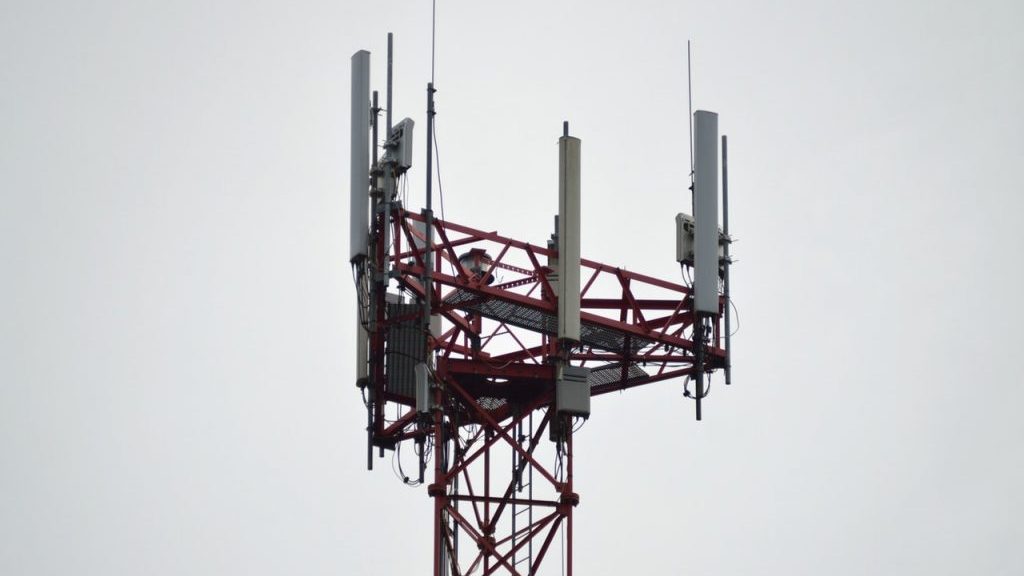Apple recently introduced its new iPhone models with 5G connectivity. The availability of this new technology in one of the most popular phone brands in the world reiterated the growing demand for the next generation of data networks and the rising need for related infrastructure. Over the coming decade, the end-user demand for fast internet connections will result in massive construction of new infrastructure projects related not only to high-speed transmission networks, but also to the application of 5G by both individual and industrial users.
Massive construction of high-speed data transmission infrastructure
The Gartner report titled, Wireless infrastructure spending forecast worldwide, 2019-2020, and quoted by ComputerWeekly, indicates investment in 5G infrastructure this year will almost double relative to 2019, reaching $8.1 billion despite global weakness in sales of smartphones due COVID-19.
By 2027, the overall 5G infrastructure market as projected in MarketsandMarkets’ research report will reach $47.8 billion, with more than half of the amount contributed by countries from the Asia Pacific region. The Gartner report forecasts that almost half of all 5G investment in 2020 will be made by China.
China is likely to remain the largest 5G developer in the world for the long-term. Based on an analysis by Emarketer.com, China by 2025 will have the largest number of 5G mobile connections in the world – 807 million, representing 47 per cent of the total available in the country. China will be followed by Europe and North America with 231 million and 205 million 5G mobile connections respectively.
The rest of the world, including developing and developed Asia, the region of the Former Soviet Union, Latin America, the Middle East and Africa are expected to attain another 528 million 5G connections, with the highest and the lowest shares of 5G reaching 51 per cent and three per cent of total mobile connections in developed Asia and Africa respectively.
Development of new projects based on applications of 5G
Today, most Chinese smartphone brands have already presented models with high-speed data connectivity. Chinese consumers are prepared to pay for high-speed mobile internet more than users in other parts of the world. At the beginning of this year, the government in Beijing announced plans to increase 5G penetration from 50 to 300 cities by the end of 2020. The expansion will be supported by a stimulus package introduced in response to COVID-19 that prioritizes investments in high-tech infrastructure.
Future expansion of 5G technology will trigger not only installation of base stations, underwater fiber optic cables and other data-transmission-related infrastructure, but also the development of other high-tech projects and technologies based on the integration of 5G capabilities. This includes new data centres, zones for 5G driverless vehicles, infrastructure for delivery drones and unmanned service machines and various kinds of personal- and industrial-use robots. 5G will also enable and require new infrastructure for modern applications of global positioning systems including telecommunications, maritime security and precision agriculture.
5G revolution in the construction industry
In addition to the building of massive new 5G infrastructure projects, the technology is also bringing important changes to the construction industry itself. It introduces revolutionary new tools and processes. In May of this year, according to the Global Construction Review, “China’s first construction site to use 5G technology was activated in Beijing, where some 40 contractors building a high-tech business district upgraded their systems to make use of a network transmitting data at 10GB per second”.
The ability to utilize high-speed wireless connections results in the introduction and future development of many new onsite technologies including AI glasses, multidimensional security monitoring, real time health and safety monitoring (including checking if workers are wearing masks), remote control of heavy machinery, utilization of robots and so on.
Presently, the construction industry is at the early stages of testing and implementing new processes and applications for high-speed connections with almost unlimited bandwidth. Over time, implementation of the technology will result in more innovations, enabling a revolution in construction and other related sectors.
Conclusion
The impact of 5G on the construction sector is going to be much more than building new towers and the installation of underwater cables. Some high-tech advances and trends are identifiable already, while others will come as a surprise. There can be no doubt, however, that the magnitude of the change will be phenomenal. The introduction of new iPhones with 5G capability will be like the falling of a ripe apple in an orchard that signals a major change in the seasons.
Dmytro Konovalov has over 10 years of experience in equity research and analysis for global markets at leading international financial institutions.











Recent Comments